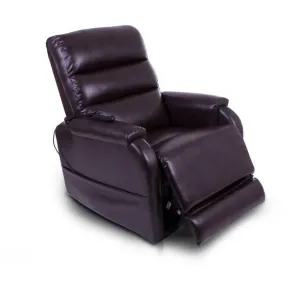Creating a home that is safe and comfortable for everyone is essential, especially for individuals with mobility limitations or disabilities. Accessible home modifications aim to remove barriers and make living spaces more accommodating to people with diverse needs. These modifications can significantly improve the quality of life for individuals with disabilities or mobility challenges by promoting independence and enhancing safety.
Understanding Accessible Home Modifications
Accessible home modifications involve making changes to the physical environment to increase accessibility and accommodate the needs of individuals with disabilities or mobility impairments. These modifications can range from minor adjustments to major renovations, depending on the specific requirements of the individual and the layout of the home.
Ramps and Lifts
Installing ramps or lifts to provide easy access to the home for individuals who use mobility aids such as wheelchairs or scooters.
Widening Doorways and Hallways
Expanding doorways and hallways to accommodate wheelchairs and walkers, ensuring smooth passage throughout the home.
Bathroom Modifications
Making bathrooms more accessible by installing grab bars, roll-in showers, shower seats, and raised toilet seats to improve safety and ease of use. Transform your home with RISE AND RECLINER FURNITURE for added accessibility and comfort. Read more in our blog.
Kitchen Adaptations
Adapting kitchen counters, sinks, and cabinets to lower heights to facilitate access for individuals who use wheelchairs or have limited mobility.
Flooring and Lighting
Choosing slip-resistant flooring and adequate lighting to prevent falls and ensure visibility for individuals with visual impairments.
Conclusion
Accessible home modifications play a crucial role in creating inclusive living environments where individuals of all abilities can thrive. By removing physical barriers and making necessary adjustments, these modifications enable people with disabilities to live more independently and comfortably in their homes.
FAQs
- What are accessible home modifications?
- Accessible home modifications involve making changes to the physical environment of a home to increase accessibility and accommodate the needs of individuals with disabilities or mobility impairments.
- Who can benefit from accessible home modifications?
- Accessible home modifications benefit individuals with disabilities, mobility limitations, or aging-related issues by making their living spaces safer and more comfortable.
- What are some common types of accessible home modifications?
- Common accessible home modifications include installing ramps or lifts for easy access, widening doorways and hallways, modifying bathrooms with grab bars and roll-in showers, adapting kitchens for wheelchair users, and ensuring slip-resistant flooring and adequate lighting.
- How do accessible home modifications enhance safety?
- Accessible home modifications enhance safety by removing physical barriers that can cause accidents or limit mobility. For example, installing grab bars and non-slip flooring in bathrooms reduces the risk of falls.
- Are accessible home modifications expensive?
- The cost of accessible home modifications can vary depending on the extent of the changes needed and the specific requirements of the individual. Some modifications may be relatively inexpensive, while others may require more extensive renovations. However, there are often financial assistance programs and resources available to help offset the costs for eligible individuals.
